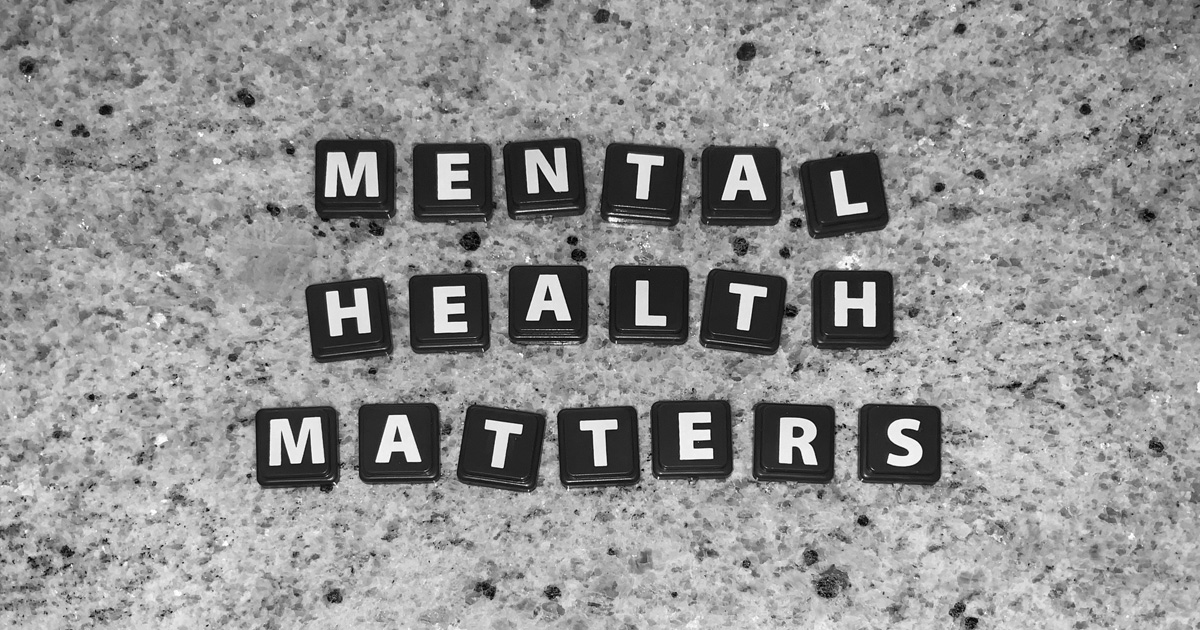
What Is Your Gut Telling You?
Getting to Know Your Gut
To understand the importance of our Gastrointestinal (GI) tract, and how the dynamic environment, including the Microbiome, plays a considerable role in our overall well-being, we have to cover the different components that make up the GI system and its basic roles and functions.
Simplistically, the GI tract is responsible for:
- Obtaining energy and nutrients from food
- Removing waste from the body
However, the fine details get a little more complex.
Your GI tract is the gatekeeper between the outside world (good and bad) and your internal body systems. When in good order, the GI system works with sophistication to break down food into small micro-nutrients. These which can be absorbed and used by your body’s cells for optimal functioning. At the same time, it identifies substances that are harmful, like toxins or pathogens, and secures them toward elimination. This is so they aren’t released out into our body system where they can cause disturbance and cellular damage (1).
The inside of your GI tract has a surface area that covers approximately 400 meters, a surface area that is 200 times that of your skin (2).This surface area helps to maximize the functions of digestion and absorption.
Additionally, surrounding your intestines is the “Gut Associated Lymphoid Tissue” or GALT. This contains 60% of your body’s ENTIRE immune system and 80% of the specific cells that mount an immune response (2).
Then there is the gut Microbiome: a collection of TRILLIONS of beneficial bacteria and other microbial species which reside (or should reside) only in your Colon, also known as the large intestine. These organisms are found to SIGNIFICANTLY modulate the roles of digestion, absorption, and immune system response and function as indicated noted above.
Gut Absorption
The role of Barrier function is the essence of “gut health” and ultimately whole-body health.
The inner most lining of the GI tract, known as the epithelium, is the layer that has first contact with ingested substances. The epithelium is made up of cells that form “tight junctions” and through various mechanisms, control our “intestinal permeability”.
Intestinal Permeability is the scientific term for the selective absorption of substances (nutrients, electrolytes, H2O,etc) to pass from our GI tract into our body and circulation, while simultaneously preventing molecules that pose harm (such as toxins, undigested food, etc.) from entering into the system. They are then pushed down the GI tract to either be broken down further into useable substances, or excreted from the body entirely (3).
When the intestinal barrier becomes disrupted, so does the tightly regulated mechanisms of our intestinal permeability, leading to the phenomena that may be recognized as “Leaky Gut” or inappropriate intestinal permeability. Under these circumstances, epithelial cells fail to form tight junctions, and substances that are usually restricted are free to enter into the systemic environment (4).
Molecules that pass through these loose junctions immediately face the GALT – which as discussed above, is the host of 80% of the body’s total immune system response. Substances not recognized by the GALT are determined to be foreign or dangerous and a subsequent immune response is mounted. As a result, an inflammatory cascade is released. If this process is persistent, the inflammation is not only targeted locally to your GI tract but can become systemic, which mediates a central stress response, immune-dysregulation, and failed homeostatic mechanisms – all posing risk for dysfunction and disease (4).
Gut Interruptions
So by now I am sure you’re curious to know what impairs our GI Barrier?
Nutritional factors: The American diet is highly inflammatory. This varies from person to person, but research largely demonstrates Gluten to be one of the strongest mediators of leaky gut, even in asymptomatic, and non-celiac disease individuals. Other items like dairy, refined carbohydrates/sugar, and processed/packaged food of any kind are problematic because of the additives and preservatives they contain.
Infections & Toxins: Viral intestinal infections, environmental toxins, and toxic food.
Hygiene hypothesis over sterile environments: Antibiotics and lack of farming/natural environment (dirt, nature, animals, etc.)
Impaired function and diversity of the intestinal microbiota: Having the correct constellation of gut bacteria helps protect the intestinal barrier. Dysbiosis, or disruption in a healthy microbiome, can have a waterfall effect on health because of the many other roles these commensal bacteria have on our health.
Endogenous factors: Disturbed blood flow to the intestine due to inflammatory or autoimmune disease of the GI tract (Crohns, colitis, celiac, etc.)
The last component of the GI tract that must be highlighted are micro-organism that reside within the body, predominantly in the GI tract, which may be commonly referred to as “microbiome” or “beneficial bacteria”. These varying terms will be discussed and clarified in the remainder of the article.
The “Gut Ecosystem”
To aid in understanding the relationship between these micro-organism and human health, it may be helpful to think of the human body as its own ecosystem. An ecosystem “is a community of living things. The living things in an ecosystem interact with each other and with the non-living things around them” and are interdependent on one another for balance and function (5).
The human body is the host of billions of microbes: including but not limited to bacteria, viruses, fungi and amoebas. To give an appreciation of just how many microorganisms we have living within or on the human body, it is estimated that for every human cell there are anywhere from two to ten bacteria, demonstrating we are largely outnumbered (6). In science and research, you will find the term microbiome that may refer to the collective genetics of these microbiota (6), but also used to define the ecosystem: the microbes plus the host environment (7). For purposes of this content the latter definition should be used to inform the reader.
When we zoom in from the larger concept of the microbiome, we can begin to examine where these microbes predominately colonize, along with their relationship with the human organism and the specific benefits and even dependence humans have on this microbial relationship to maintain bodily function and health.
In humans, microbes can be found on nearly every surface of the body including teeth, skin, airways, and in most abundance, the gastrointestinal tract (7). As research has continued to expand in this area, we have gained a better understanding of our relationship with these microbes. Initially it was thought to be commensal in nature, where there is no harm nor benefit to the human host, but the microbes benefit in ways of nutrient security and residence. Today the relationship is realized to be mutually symbiotic, which technically represents a reciprocal benefit, hence buzz words of “good bacteria”, “beneficial bacteria” along with utilization of probiotics to optimize gut health.
Getting a Healthy Gut
Given the scope of this article, we will cover a few fundamental benefits we depend on from our friendly gut bugs.
One important mechanism humans rely on is colonization resistance against harmful bacteria (pathogens). This is accomplished by our good bacteria “out competing” or inhibiting pathogens to bind to tissue and grow (7), which also contributes to the gut barrier function through multiple mechanisms (8). Beneficial organisms also assist in instructing the immune system of what’s “friend or foe”; determining whether or not there will be an immune reaction– such as allergy or sensitivity (8).
Lastly, microbes play an essential role in metabolizing certain nutrients, especially complex nutrients. Humans lack enzymes to digest certain carbohydrates (like insoluble fiber). In this instance bacteria break down food, and as a result create metabolic byproducts which we then use for cellular nutrients or anti-inflammatory support.
For example, butyrate and acetate are two short chain fatty acids that are produced by bacteria after breakdown of fiber. Butyrate is of specific importance, as it’s taken up directly by the colonocytes (epithelial cells of the large intestines) as a main source of fuel (7). Low levels of butyrate is directly associated with inflammatory disease (8).
The metabolites that are synthesized are strongly dependent on the type and diversity of microbes present, along with the precursor molecules from the diet or internally produced products like bile acids. For example, vegetables contain high amounts of fiber that are not digestible by human enzymes. These fibers are the predominant food source for bacteria, which results in bi-products of a number of biologically beneficial and protective metabolites. (8)
An Imbalanced Gut
On the other hand, the American diet can effectively starve out beneficial strains and allow for overabundance in less helpful bacteria that can help break down these dietary components. This is because this diet is low in insoluble fiber and high in refined sugar and harmful unsaturated/trans fats. This creates a situation of “dysbiosis” or imbalance of proper microbial composition needed for the multiple roles listed above.
Dysbiosis of the microbiome is associated in the role of multiple diseases, including but not limited to:
- obesity (9)
- diabetes (9)
- autoimmune disease (9)
- cancer (various kinds) (9)
- asthma and other allergies (9)
- inflammatory bowel disease (9)
- anxiety, depression, and eating disorders (8,9)
The relationship between microbes and human health is complex and requires a dynamic balance between nutritional, environmental, and host factors (9). Although we are still piecing together the puzzle of our interdependence with these micro-organisms, it is very clear we ought to emphasize lifestyles and treatments that support microbial diversity and balance.
Valley Schools works to address, educate and provide our members resources to inspire a healthy lifestyle. You can learn more about our pillars of health and opportunities to participate in our WellStyles™ program to help you affect change and meet your wellness goals at our website, www.myvalleyschools.org.
References
- Jones, D. S. (2010). Textbook of functional medicine. Institute for Functional Medicine.
- Quigley, E. M. (2013). Gut bacteria in health and disease. Gastroenterology & hepatology, 9(9), 560.
- Bischoff, S. C., Barbara, G., Buurman, W., Ockhuizen, T., Schulzke, J. D., Serino, M., … & Wells, J. M. (2014). Intestinal permeability–a new target for disease prevention and therapy. BMC gastroenterology, 14(1), 189.
- Fukui, H. (2016). Increased intestinal permeability and decreased barrier function: does it really influence the risk of inflammation?. Inflammatory intestinal diseases, 1(3), 135-145.
- American Museum of Natural History. (2016). Human microbiome: Your body is an ecosystem. Retrieved from: file:///Users/LaurenNicole/Downloads/human_microbiome_your_body_is_an_ecosystem_stepread1.pdf
- Postler, T. S., & Ghosh, S. (2017). Understanding the holobiont: how microbial metabolites affect human health and shape the immune system. Cell metabolism, 26(1), 110-130.
- Foster, K. R., Schluter, J., Coyte, K. Z., & Rakoff-Nahoum, S. (2017). The evolution of the host microbiome as an ecosystem on a leash. Nature, 548(7665), 43-51.
- De Weerth, C. (2017). Do bacteria shape our development? Crosstalk between intestinal microbiota and HPA axis. Neuroscience & Biobehavioral Reviews, 83, 458-471.



